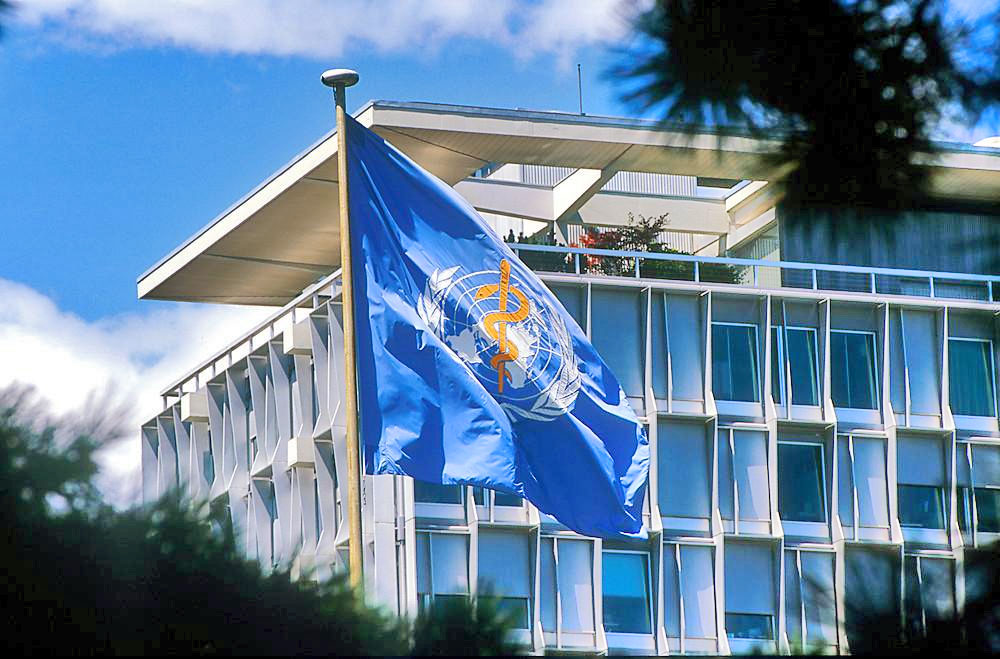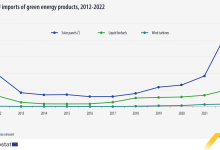Focusing on quality of life
‘Health for all’ has been World Health Organization (WHO) guiding vision for more than seven decades. It’s also the impetus behind the current organization-wide drive to support countries in moving towards Universal Health Coverage (UHC). Experience has illustrated, time and again, that Universal Health Coverage is achieved when political will is strong.
In this 70th anniversary year, WHO is calling on world leaders to live up to the pledges they made when they agreed the Sustainable Development Goals in 2015, and commit to concrete steps to advance the health of all people. The Organization will maintain a high-profile focus on UHC via a series of events through 2018, starting on World Health Day, on 7 April, with global and local conversations about ways to achieve health for all.
Under these auspices, corroborated with the regulations of the European Union for greening the economy, protecting the nature, health and quality of life, the energy sector has a difficult mission: reducing environmental impact. For example, on 1 January 2018, the implementation phase of Directive 2001/80/EC regulating the emissions of large combustion plants started in the Energy Community.
This means that fossil fuel firing power plants have to reduce their emissions of sulphur dioxide, nitrogen oxides and dust significantly.
The directive also requires that operators as well as the contracting parties monitor the emissions of these pollutants and report those to the Energy Community Secretariat.
With the aim of facilitating the reporting process, the European Environment Agency has recently agreed for the Secretariat to make use of its tools for the reporting and assessment of data submitted by the contracting parties.
According to the European Environment Agency 2017 report – Air quality in Europe, the concentrations of particulate matter (PM) continued to exceed the EU limit values in large parts of Europe in 2015. A total of 19% of the EU-28 urban population was exposed to PM10 levels above the daily limit value and approximately 53% was exposed to concentrations exceeding the stricter WHO Air quality guidelines (AQG) value for PM10 in 2015.
This represents an increase compared with 2014, but the magnitude of the change may be considered as being within the expected year-to-year variability.
Regarding PM2.5, 7% of the urban population in the EU-28 was exposed to levels above the EU limit value, and approximately 82% was exposed to concentrations exceeding the stricter WHO Air quality guidelines value for PM2.5 in 2015.
Currently, Romania is in infringement procedure, triggered by the European Commission for exceeding, for several years, the limit values of harmful substances present in the air in three urban agglomerations in the country.
At European Union level, as well as at the level of Romania, energy taxes are the most important source of environmental taxes.
Romania is characterized by extremely high primary and final energy intensity compared to the average of the European Union (approximately four times higher).
Although Romania has a significant technical potential for the use of renewable energy resources, a very small part is used, except for hydro resources from large hydropower plants. Although plans for air quality and plans for maintaining air quality for the period 2016-2020 were initiated, they were not completed last year.
Following the audit conducted by the auditors of the Court of Auditors, it resulted that many analysers in monitoring stations have been defective for long periods of time and many of the interior and exterior public information panels, which were supposed to show the general daily air quality indices, are rather non-functional than functional, and the funds allocated for equipment maintenance were insufficient.
Furthermore, there was a lack of performance indicators to measure the degree of achievement of air quality monitoring objectives.
The question is: is there in Romania a strong political will to align to the global trend on ensuring the quality standards of life? We are waiting for the following decisions and measures of government officials to prove it.







